Premium Only Content
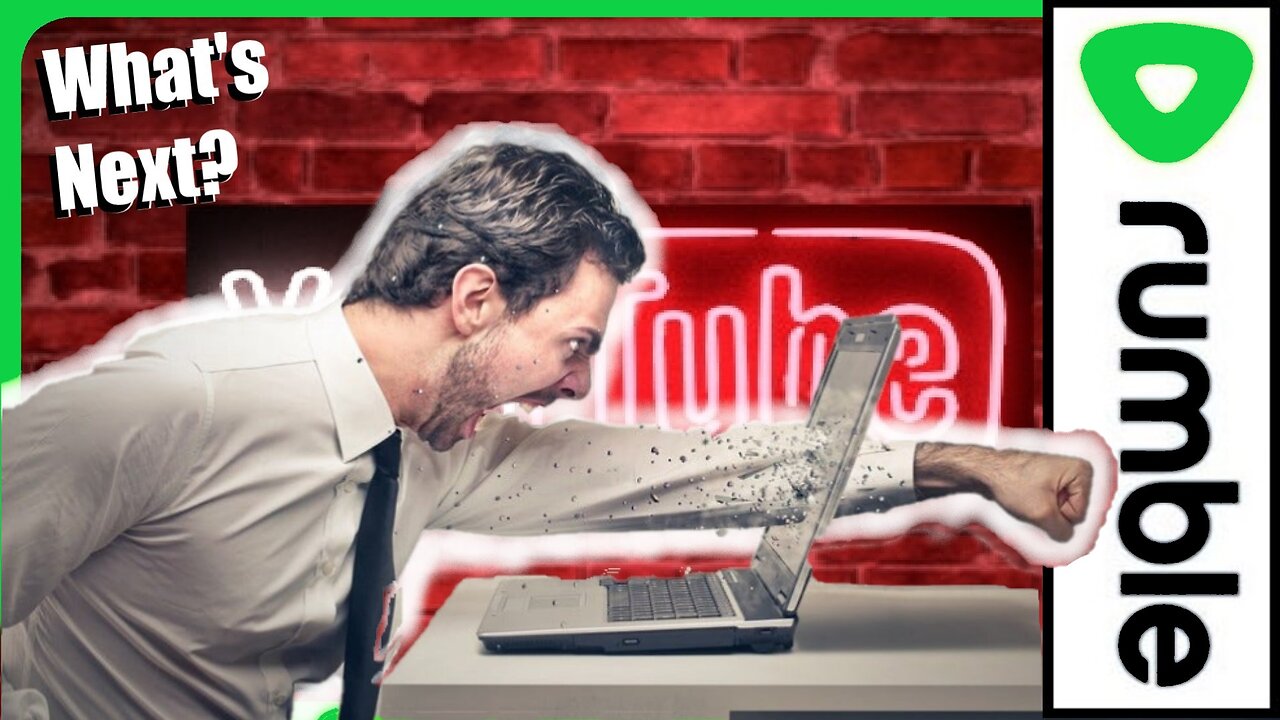
My 4 Year Tour in YouTube HELL 🔥 #shorts #tiktok #RUMBLE #Twitter #X #Truth
Please Support The Channel
50% of all channel support (after fees & tax) will go to a private Moon mission
Patreon: https://www.patreon.com/user?u=37594401
Buy Me A Coffee?: https://www.buymeacoffee.com/whats.next
Donate With Cash App: https://cash.app/$YTpayments
Social Media
YouTube - / @whatsnextvideos
Rumble - https://rumble.com/user/WhatsNextVids
Tiktok - https://www.tiktok.com/@whatsnextvids
X - https://twitter.com/WhatsNe75388303
Why is YouTube so terrible for small, original content creators these days?
YouTube’s Algorithm and Content Discovery Approach: YouTube’s algorithm and content discovery approach heavily favor channels that cater to a specific niche or topic. The platform tends to promote creators who consistently produce content within a particular genre or theme, leading to the pigeonholing of creators into specific categories. This can be detrimental to small creators who want to explore different types of content or who do not fit neatly into one specific niche.
Challenges Faced by Small Creators: Small creators often struggle on YouTube because the platform prioritizes established channels and tends to promote content that aligns with viewers’ previous preferences. This can make it difficult for new creators to break through and attract a wider audience, especially if they produce diverse content that does not fit neatly into a single category.
Impact on Content Diversity and Creativity: The focus on promoting “winners” in specific categories can stifle creativity and limit the diversity of content available on the platform. Small creators who are experimenting with different types of content may find it challenging to gain visibility and grow their audience, leading to a homogenization of content as creators feel pressured to conform to established trends.
Strategies for Small Creators: To navigate these challenges, small creators can employ various strategies to build their audience and maintain creative freedom. These strategies include encouraging viewers to subscribe and engage with their content, establishing a strong visual identity, managing older videos that no longer align with their current focus, building an audience outside of YouTube, and exploring alternative platforms that may better support experimentation and creativity.
In conclusion, YouTube’s algorithmic approach and emphasis on niche content can pose significant challenges for small, original content creators looking to diversify their offerings and reach a broader audience. While the platform remains dominant in the online video space, its limitations for smaller creators highlight the need for more inclusive approaches that support creativity and innovation.
-
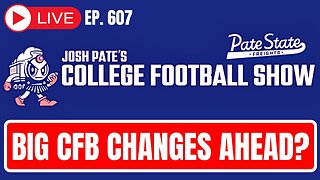 DVR
DVR
Josh Pate's College Football Show
5 hours ago $0.19 earnedBig CFB Changes Coming | DeBoer Fixing Alabama | Signing Day Reaction | OhioSt vs Michigan Shift
6.97K -
 59:39
59:39
The StoneZONE with Roger Stone
1 hour agoEXCLUSIVE: James O'Keefe Talks to Roger Stone About Dropped Charges Against Him | The StoneZONE
7.76K -
 LIVE
LIVE
megimu32
1 hour agoON THE SUBJECT: Comedian LOSES It At Heckler!
358 watching -
 1:17:13
1:17:13
Redacted News
5 hours agoTRUMP IS BURNING IT ALL DOWN AND DEMOCRATS WANT HIM IMPEACHED AGAIN, USAID ROT GOES DEEP | Redacted
142K342 -
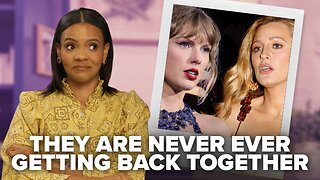 52:23
52:23
Candace Show Podcast
6 hours agoUPDATE! Taylor Swift Goes Full Dragon Against Blake Lively | Candace Ep 144
110K175 -
 LIVE
LIVE
VOPUSARADIO
22 hours agoPOLITI-SHOCK! KILL THE DEEP STATE!! PLUS: 3 SPECIAL GUESTS!
80 watching -
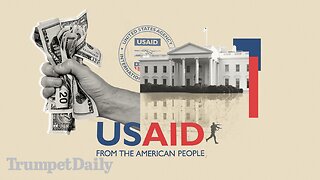 54:41
54:41
LFA TV
1 day agoCorruption Like You Never Imagined | TRUMPET DAILY 2.6.25 7pm
25K12 -
 39:10
39:10
theDaily302
12 hours agoThe Daily 302- JJ Carrell
13.3K1 -
 1:20:12
1:20:12
Common Threads
3 hours agoLIVE DEBATE: Is Elon Musk Going Too Far with Spending Cuts?
29.3K11 -
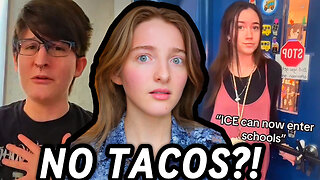 10:49
10:49
Misha Petrov
2 hours agoIllegal Immigrants Are Being Deported… and They’re OUTRAGED
18.1K20